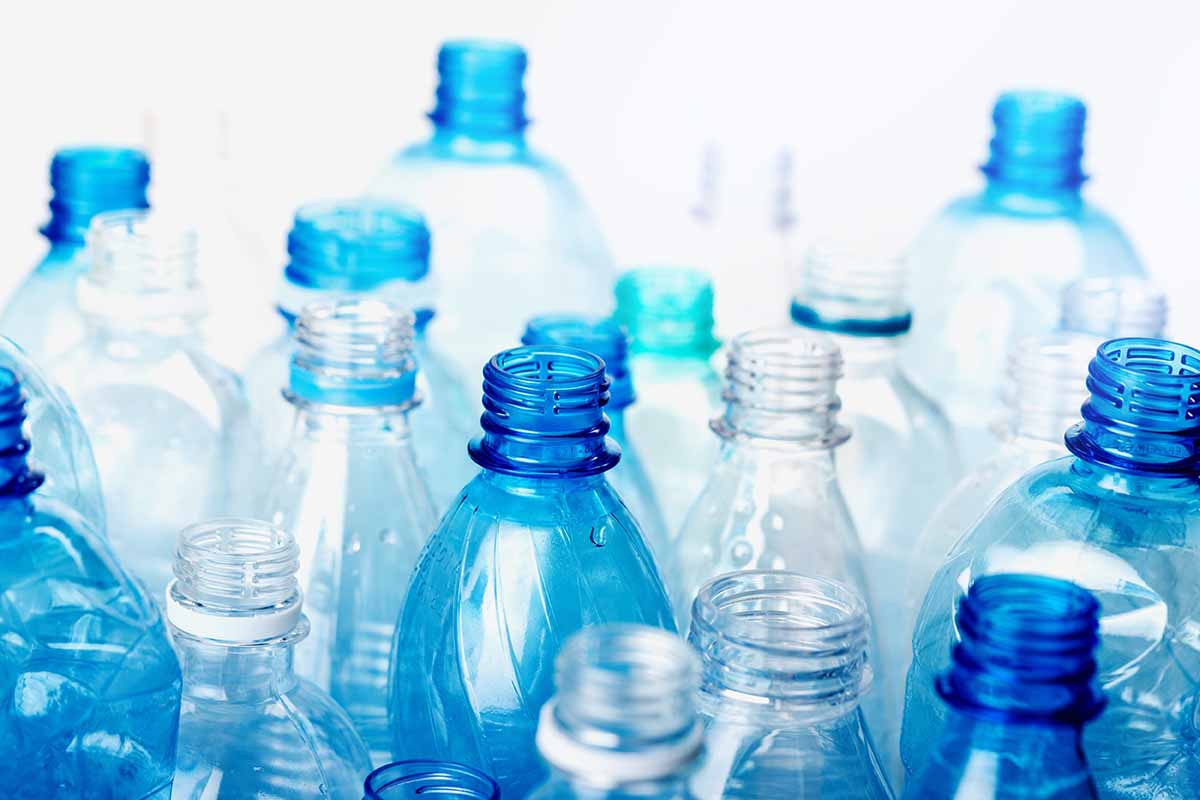
On opposite sides of the country, Maine and California are both adjusting their bottle bills. | Billion Photos/Shutterstock
California is finalizing the implementation of changes to its deposit return system for beverage containers, while Maine legislators sent a bill to the governor that would delay previous passed changes.
In Maine, LD 1564 pushed all the deadlines for the DRS program labeling requirements out by a year.
The labeling requirements specified that the refund value must be clearly and permanently placed on beverage containers, but not on the bottom of the containers – with the exception of refillable beverage containers that have a refund value of at least 5 cents and a brand name permanently marked on it.
Container labels must also be registered annually with the state, including the universal product code for each combination of beverage and container manufactured.
The majority of the requirements were initially set to take effect in 2025 after being passed in 2023. In addition, the redemption target dates were also extended by one year, making them 75% by Jan. 1, 2028, 80% by Jan. 1, 2033 and 85% by Jan. 1, 2038.
LD 1564 passed out of the state Senate on a two-thirds majority vote on June 3, as it was introduced as emergency legislation and required a higher vote threshold. It passed out of the House the same day.
California updates
On the other coast, the California Department of Resources Recycling and Recovery released the final approved regulations for the changes to the state DRS program under SB 1013. The permanent regulations lay out the process for dealers to register and establish stewardship plans for dealer cooperatives to meet the law and took effect April 24.
CalRecycle also released a model dealer cooperative stewardship plan. SB 1013 expanded the California Redemption Value system to include wine and distilled spirits, as well as requiring retailers to either accept containers or join a dealer cooperative instead of opting out by paying a fee.
The Circular CRV Association submitted a dealer cooperative stewardship plan on April 28, but CalRecycle notified the group on May 27 that it requires more information “to corroborate or clarify the information” in the report.
The stewardship organization has 243 dealer members signed up “spanning both urban and rural communities across California providing broad geographic representation,” according to the plan.
It includes a proposal for the group to deploy “mobile recycling units” to the most underserved areas within 60 days of plan approval. These units will have a consistent schedule and will move around several convenience zones, the plan noted, and are modeled after a previous CalRecycle pilot program.
For longer term access, the plan includes “procurement and development of advanced recycling infrastructure and technology across California,” largely reverse vending machines, kiosks, bag drop programs and recycling depots.
The plan estimates a funding requirement of at least $3 million.
The Container Recycling Institute submitted written comments on the plan as well, praising the “incredibly thorough stewardship plan” and the “tremendous amount of work that went into establishing partnerships with dealer cooperative members, certified recycling centers, and certified processors” but also pointing out some potential problems.
Its major concern centered on accountability and consequences if the timelines and goals in the plan are not met, funding beyond the baseline and how it will accommodate growth.